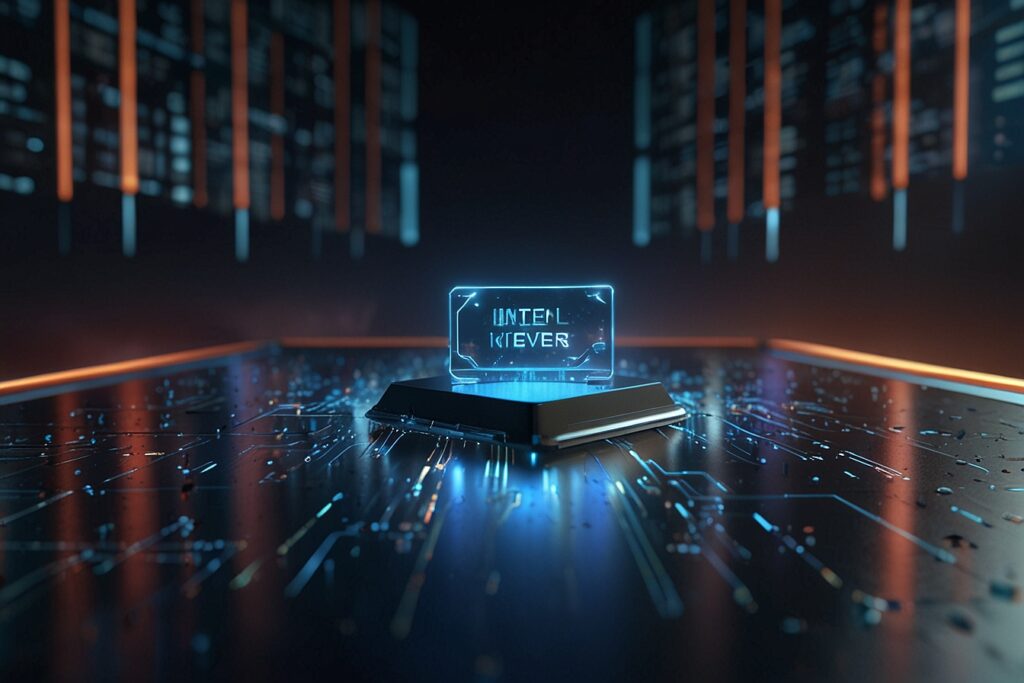
TL;DR
- Intel is officially spinning off its Network and Edge group, focusing more narrowly on core chip development.
- The Network and Edge division earned $5.8 billion in 2024 but is now being structured as a separate company.
- Intel will remain an anchor investor while seeking outside capital to fund the spinout.
- This move follows Intel’s RealSense spinout strategy seen earlier in the year.
- The shift aligns with Intel’s broader strategy of leaning out non-core operations to improve financial performance.
Intel Streamlines: Network and Edge Group to Operate Independently
Intel is making another bold move to restructure its business. The company confirmed that it is spinning off its Network and Edge group, which has been responsible for designing and producing chips for the global telecom industry. This decision reflects Intel’s broader strategy to become leaner and more focused on its core semiconductor operations.
As reported by CRN, the new spinout will operate as a stand-alone business, with Intel acting as an anchor investor. The tech giant will also actively seek external capital to support the new entity’s growth.
“This is part of a continued portfolio optimization to sharpen Intel’s strategic priorities,” a company spokesperson noted in an internal memo shared with select media outlets.
Historical Context: Rumors and Revenue
Talks of Intel offloading the Network and Edge group began circulating as early as May 2025, when industry insiders suggested the company was looking for a buyer. The division brought in $5.8 billion in revenue in 2024, a significant sum that shows both its value and the strategic weight behind the decision to spin it out.
The move mirrors Intel’s recent spinout of its RealSense division, the company’s stereoscopic imaging unit. RealSense, which was spun out under the leadership of former CEO Pat Gelsinger, is now an independent venture-backed firm with $50 million in funding.
Intel’s Strategic Spinouts
| Division | Revenue (2024) | Spinout Status | Key Details |
| Network & Edge | $5.8 Billion | Spinning Off | Intel remains anchor investor, seeking outside capital (source) |
| RealSense | Undisclosed | Spun Off Earlier 2025 | Independent company with $50M venture backing (source) |
What This Means for Intel’s Future
Intel’s decision to spin off two major divisions within months suggests a clear commitment to focus on its core strengths—specifically, advanced chip manufacturing and AI-powered semiconductors. CEO Pat Gelsinger previously stated that Intel must become faster and more agile, particularly as it competes with AMD, NVIDIA, and TSMC in both performance and supply chain leadership.
Shedding capital-intensive side businesses enables Intel to allocate more resources toward next-generation chip development, particularly in the AI and edge computing space.
“These spinouts allow Intel to streamline its roadmap and better respond to market changes,” said a semiconductor analyst at Gartner.
External Investor Interest Likely
Given the performance of the Network and Edge group and growing demand for 5G infrastructure and edge computing, the spinout is likely to attract strategic investors, possibly including telecom giants, cloud service providers, and venture capitalists focused on B2B infrastructure plays.
Intel has not yet confirmed which outside firms are being approached for investment, but more announcements are expected in the coming quarter.
Intel’s Leaner Roadmap Ahead
With this spinout, Intel is signaling that it is no longer interested in competing on every front. Instead, it is becoming more strategic, leaning into areas that directly align with long-term profitability and technology leadership. This includes advanced packaging, AI chipsets, and foundry services, particularly via its Intel Foundry model.
Intel’s roadmap increasingly emphasizes agility, capital efficiency, and product-market fit—marking a distinct shift from its broader, more diversified strategies of the previous decade.






